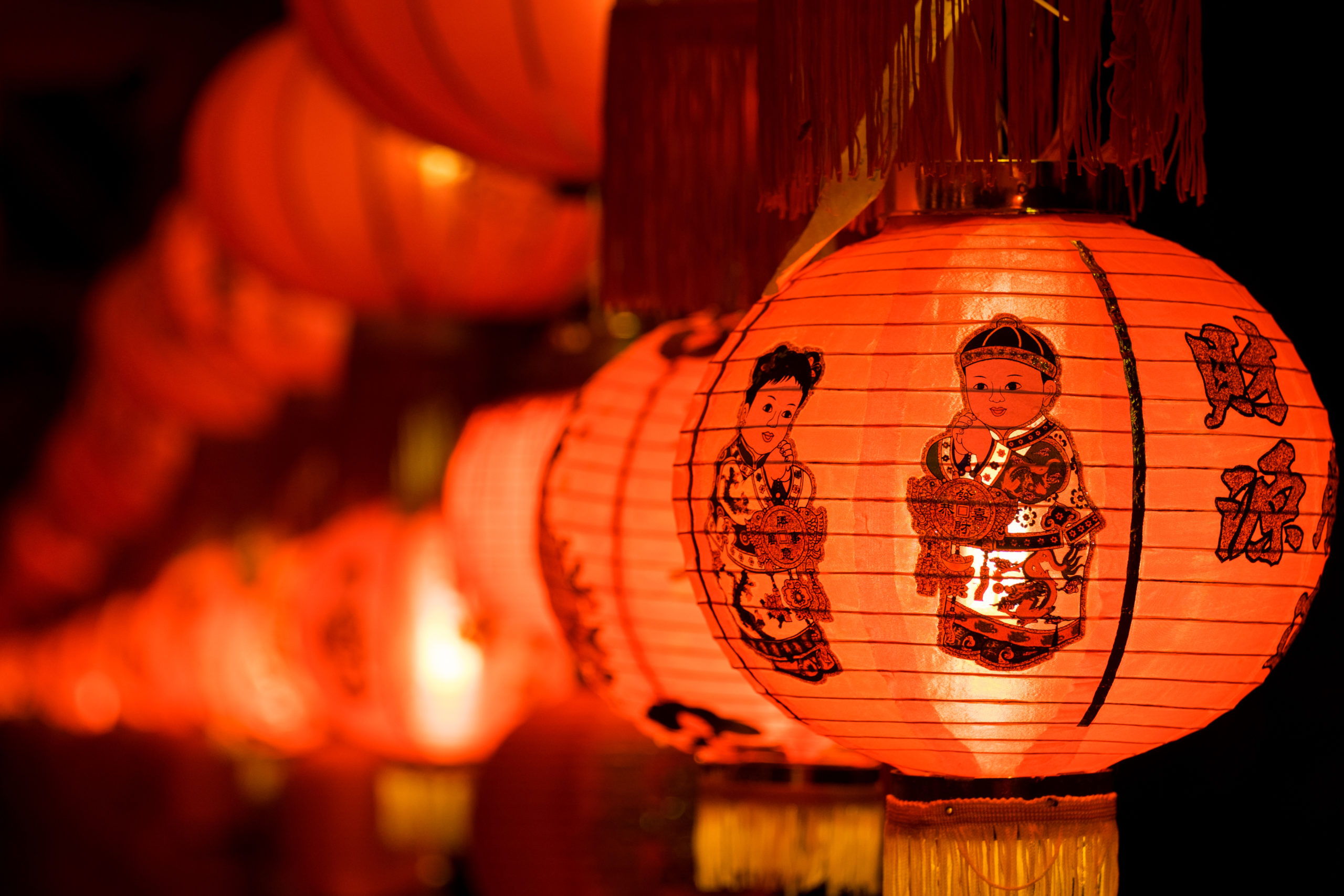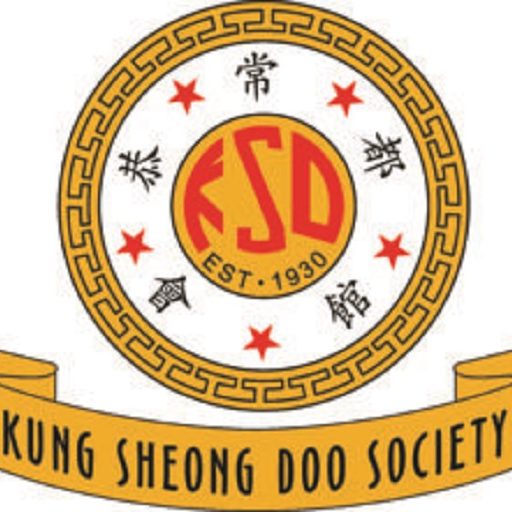Traditions & Celebrations
Chinese Lunar New Year

Happy New Year in Chinese is “Gung Hei Fat Choi” or “May You Have Good Fortune.”
LUCKY FOODS
One popular tradition is the chuen-hop, or “tray of togetherness.” The tray has eight (Chinese lucky number) compartments to offer guests symbolic foods to promote luck and a long, happy life. Kumquats for health, coconuts for togetherness, peanuts for a long life, and the longan fruit for “many good sons.”
Chinese New Year
This is the longest and most important celebration of the year, and has endured for over 4,000 years. It originated with farmers who needed a way to mark the end of winter and the beginning of spring, so the theme of hope and new beginnings is woven into the customs.
For example, people typically prepare by getting new haircuts and purchasing an entire new outfit. And at the stroke of midnight on the exact day (when the moon is full) every door and window in a Chinese home is opened to allow the old year to leave. On New Year’s Day, Chinese people are not supposed to wash their hair because it might wash away good luck for the new year.
It is also known as the Lunar New Year, or Spring Festival. Since it is tied to the phases of the moon, it does not start on the same day every year. It usually begins between January 21 and February 10.
It’s too important to confine to one day–it lasts for 15 days, starting on the first day of the lunar month and continuing for 15 days until the moon is full.
There is a specific tradition tied to each of the 15 days — visiting family on one day, eating particular foods on another day. But of course the most important tradition of all is going home to celebrate with your family.
Every year more than a billion Chinese people return to their ancestral homes via planes, trains, boats, buses, and cars. Known as Chunyan, it is the world’s largest annual human migration.
Learn more fascinating tidbits here >
